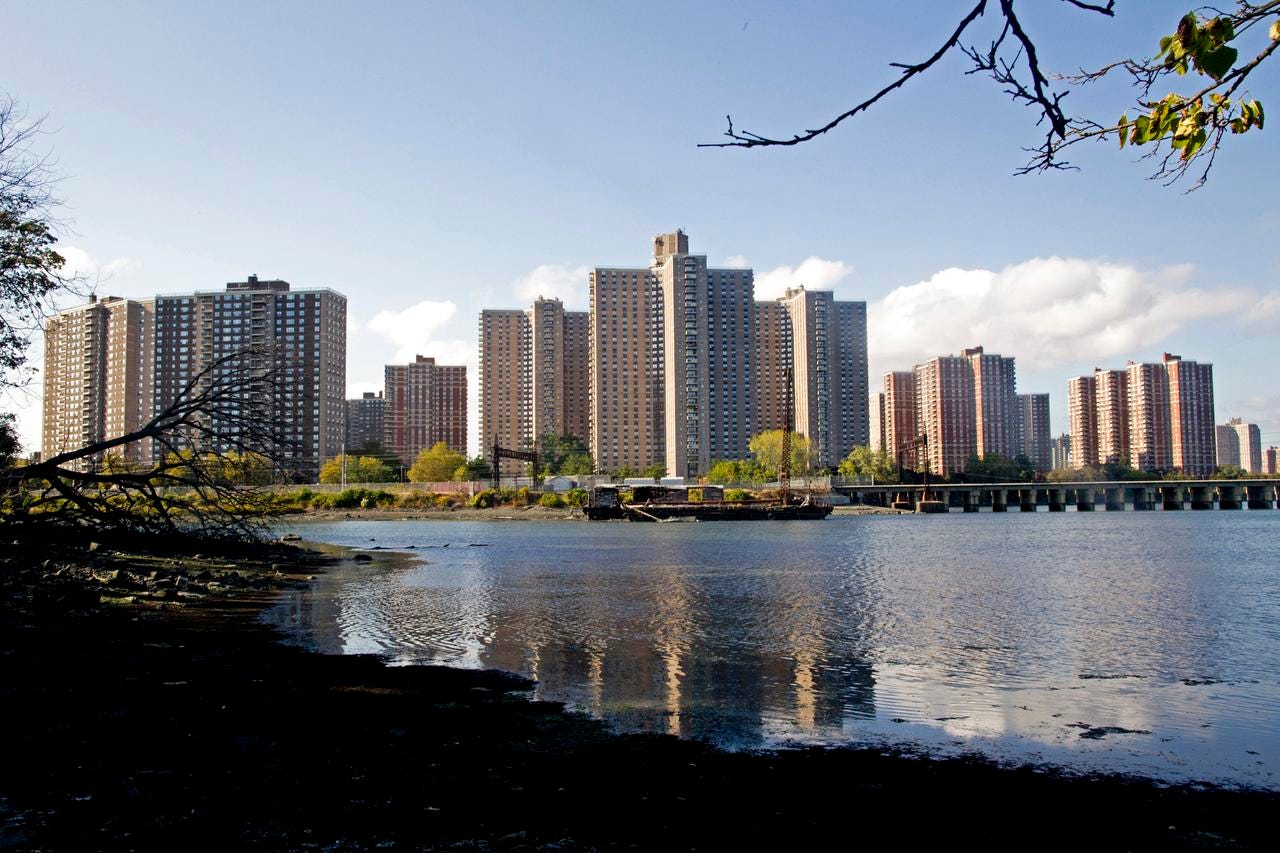The Co-op City Country Club
Brian Scott has been stabbed eleven times, shot once, sold crack, robbed people and lived on the street. These days he just wants to fish.
With a fishing rod in one hand and a cigarette in the other, the young man in a grey hoodie and jeans balances on a narrow slab of concrete under train tracks on the banks of the Hutchinson River.
The freshwater river runs ten miles north into Westchester, and ends just south of his fishing line as it blends with the waters of Eastchester Bay, to flow into the East River and Long Island Sound. Even with a massive cleanup of the Hutchinson, overturned cars still line the riverbed, their engines and wheels home to flora, fauna and frogs. The river is one of the only bodies of water in the U.S. named after a woman—noted seventeenth century political gadfly Anne Hutchinson—although it's almost always men who fish on its southern shores, and its nickname, "The Hutch," exudes masculinity.
Keep reading with a 7-day free trial
Subscribe to Narratively to keep reading this post and get 7 days of free access to the full post archives.




